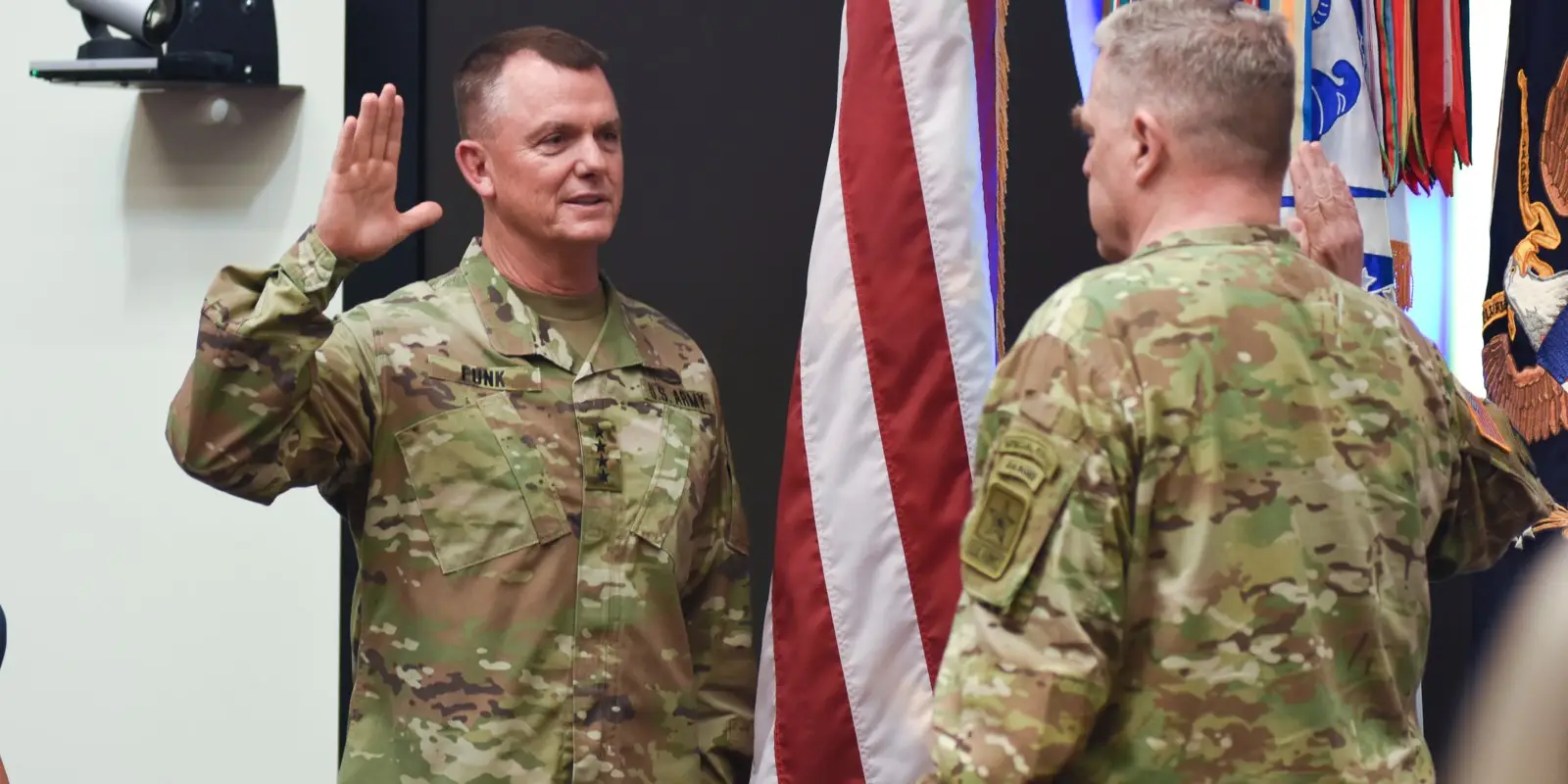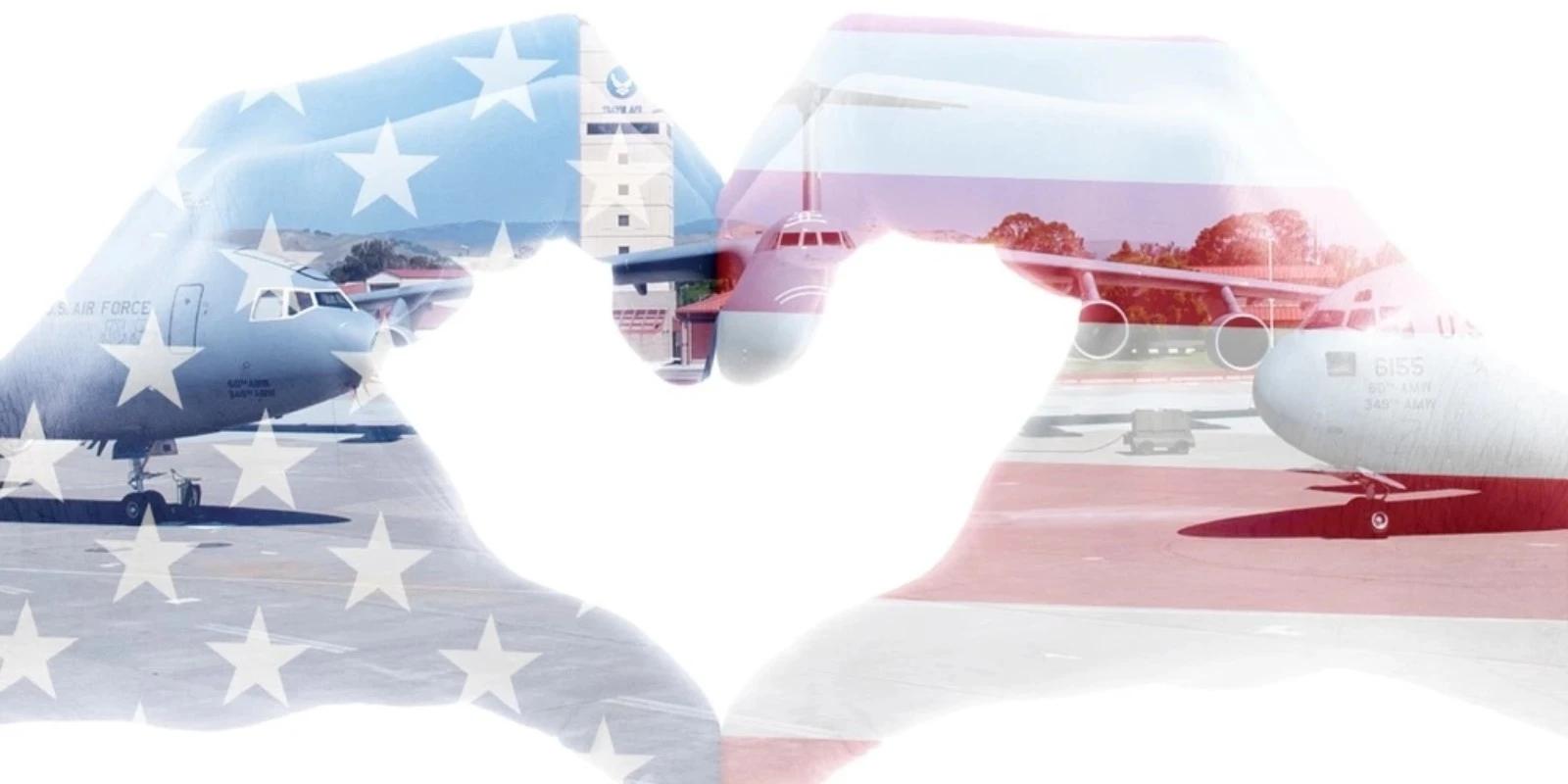HOW TRADOC TRAINS SOLDIERS TO DOMINATE THE BATTLEFIELD
By Buddy Blouin

Featuring 37 schools and centers across 27 different locations, TRADOC oversees the training of the U.S. Army, including the development of operational doctrine. There are 1,304 courses, including 108 language courses, with a capacity of 516,000 seats available for training. TRADOC is capable of training its students through in-person and distributed learning. The goal of the organization is to design the Army while working with FORSCOM and AMC to make the branch a better fighting force.
Read next:
Behind the Making of Mountaineers at the Army Mountain Warfare SchoolWhat Does TRADOC Stand For?
TRADOC stands for the U.S. Army Training and Doctrine Command. In addition to recruiting, training, educating, and developing the Army, TRADOC drives improvement, leads change, and ensures the Army is capable of deterring, fighting, and winning on every battlefield. The training organization is capable of delivering education to as many as 443,231 Soldiers, 8,314 international Soldiers, 36,145 military personnel from other services, and 28,310 civilians.Where Is TRADOC Located?
You’ll find TRADOC’s headquarters located inside Joint Base Langley-Eustis in Virginia at Fort Eustis. The address is 950 Jefferson Avenue Fort Eustis, VA 23604-5700. But there are many different bases with TRADOC, as there are various programs for many different disciplines of training. Known as the five subordinate commands and centers, here's a rundown of where you can expect to find them.1. U.S. Army Combined Arms Center (USACAC)
You can find the USACAC at Fort Leavenworth, Kansas. It’s home to the Army University as well as the following programs:- Combined Arms Center for Training
- Mission Command Training Program
- National Simulations Center
- Mission Command Center of Excellence
- Battle Command Knowledge System
- Center for Army Leadership
- Center for Army Lessons Learned
- Combined Arms Doctrine Directorate
- Current Force Integration Directorate
- TRADOC Program Integration Office-Battle Command
- U.S. Army Information Operations Proponent
2. U.S. Army Recruiting Command (USAREC)
The USAREC handles recruitment of both the U.S. Army and the Army Reserve. This encompasses all recruiting efforts throughout the U.S., its territories, and at facilities in Asia, Germany, and the Middle East. USAREC conducts examinations for recruits on mental and physical health, handles induction, and processes enlistment. Due to the nature of the USAREC, you can find them operating all around the world. But there are seven recruiting brigades and one outreach brigade, which can be located at the following:- The 1st Recruiting Brigade headquarters is at Fort Meade in Maryland.
- The 2nd Recruiting Brigade is at Redstone Arsenal in Alabama.
- The 3rd Recruiting Brigade headquarters can be found at Fort Knox in Kentucky.
- The 5th Recruiting Brigade is found at Fort Sam Houston in Texas.
- The 6th Recruiting Brigade calls North Las Vegas, Nevada home.
- Finally, the remaining brigades, including the Medical Recruiting Brigade and the Marketing and Engagement Brigade, are found at the USAREC Headquarters at Fort Knox.
3. U.S. Army Cadet Command
The command is in charge of the Reserve Officers' Training Corps, which trains the Army Reserve Officers' Training Corps (ROTC). There are various challenges available and more than 4,000 training opportunities each year. You can find the U.S. Army Cadet Command located at Fort Knox in Kentucky.4. U.S. Army Center Initial Military Training (USACIMT)
USACIMT has assisted with the process of basic training since its formation in 2009. You can find USACIMT at Fort Eustis in Newport News, Virginia. The organization helps transform civilians into Soldiers both from a physical and mental standpoint. Because the organization helps with basic training, you can find them at multiple bases serving. This includes Fort Benning, Fort Jackson, Fort Leonard Wood, and Fort Sill.5. U.S. Army Center of Military History (CMH)
While TRADOC does not oversee the Institute of Heraldry, CMH remains an important center for the organization. CMH is headquartered in Washington, D.C., out of Fort Lesley J. McNair. It’s the center's responsibility to ensure that history and military records are used appropriately throughout the United States Army. This involves documenting the military's official history in peace and war, as well as giving advice to staff in the Army on historical issues. The National Museum of the United States Army is run by CMH, which also heads the Army Historical Program.Superior Training Brings Mission Success
The recruitment efforts would be meaningless if not for proper training. The Army’s training would not be nearly as effective if not for uniform standards. But even standards would not hold if not for evaluation and testing. It’s here that we see how the Army’s TRADOC helps Soldiers advance on the battlefield and in life. They encompass the entire scope of military and personal growth and continue to improve our nation’s Army. These efforts have proven effective since TRADOC’s establishment in 1973. TRADOC training and all of its implementations keep America a cut above every other fighting force in the world. Once a Soldier meets certain course requirements, they can receive a TRADOC Form 350-18-2-R-E "Unit Pre-execution Checklist" from their military unit commander confirming that they'll be enrolling in the corresponding institutional training. Notably, TRADOC 350-6 is a common TRADOC regulation (TR) used to explain the Army’s policies and procedures for the conduct of enlisted initial entry training (IET).Who Is the TRADOC Commander?
General Paul E. Funk II is the Commanding General of United States Army Training and Doctrine Command. As a four-star general, Funk II continues to have an esteemed military career, as he's been serving since 1984. His service includes conflicts such as the Gulf War, the War in Afghanistan, the Iraq War, and Operation Inherent Resolve (OIR), a military conflict against the terrorist organization ISIL. It’s clear that TRADOC is in more-than-capable hands and will be for the future of its programs. The functions of this imperative organization may evolve, but the goal of getting Soldiers ready for their service remains a goal executed with elite effectiveness.Suggested read:
Fort Jackson Basic Training Prep Course Will Help You Shed PoundsImage: U.S. Army Training and Doctrine Command Public Affairs
SHARE:
TAGS:
army
army
JOIN OUR NEWSLETTER
Get the latest news and military discounts



